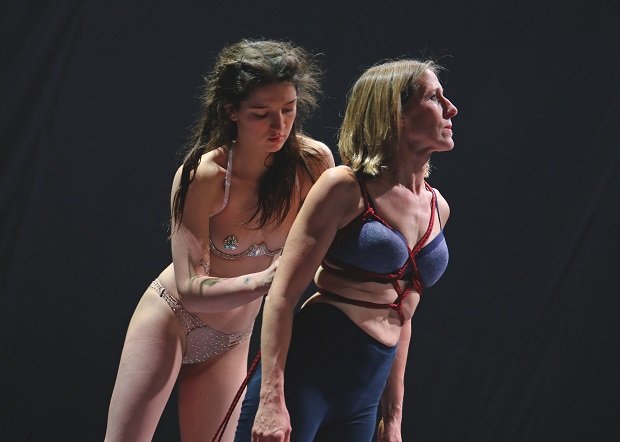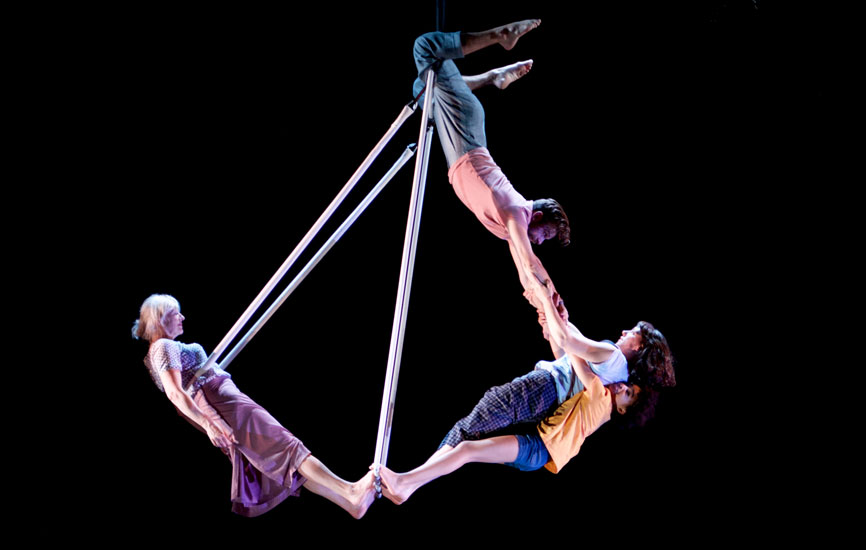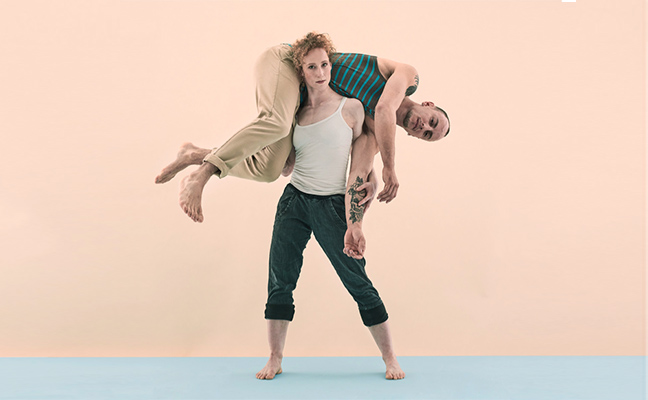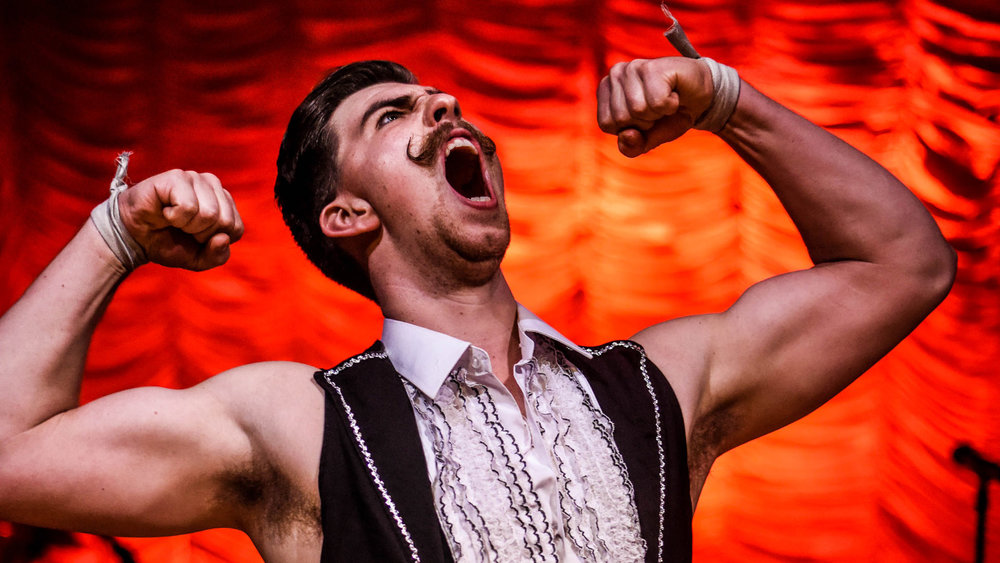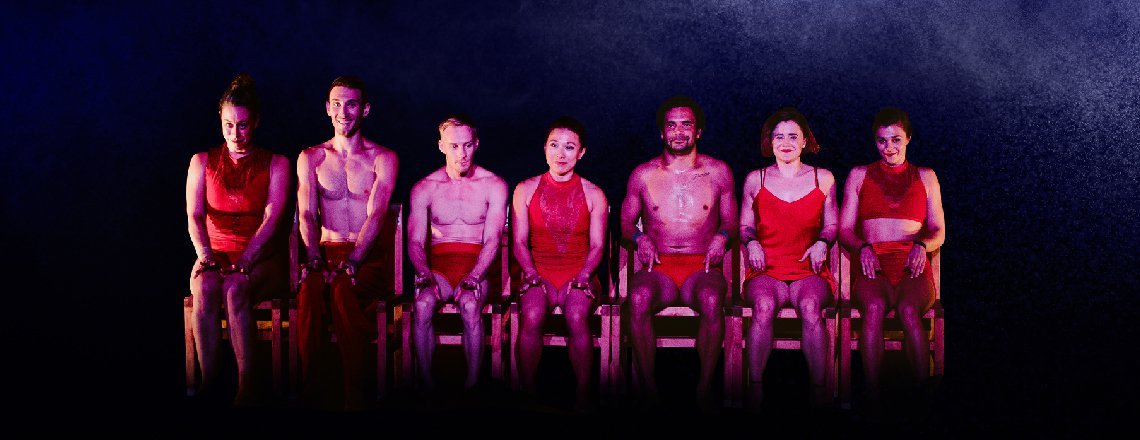‘If I can’t dance, I don’t want to be in your revolution!’ It could be the cry of a rebellious daughter, but here it’s the embattled mother who utters anarchist-activist Emma Goldman’s famous words. Her daughter is more inclined towards quoting extreme body artist Orlan…
Everything I See I Swallow is one of a number of good circus-theatre shows seen at this year’s Ed Fringe which investigate family relationships – amongst other themes. The show, written and performed by Tamsin Shasha and Maisy Taylor, and directed by Helen Tennison, presents a fictional story in which an unnamed middle-aged art curator (or at least, a character only referred to as ‘mum’), played by Tamsin Shasha, discovers that her daughter Olivia (Maisy Taylor) has acquired over 50,000 Instagram followers by posting semi-nude images of herself.
So, let the battle commence: the feminist who chained herself to railings at Greenham Common to make a political point is outraged that her daughter would choose to tie herself up in Shibari rope-bondage knots just to make an erotic spectacle of herself. The daughter who has spent a lifetime feeling oppressed by her prettiness has found liberation in bondage: ‘I’m not just an object. I’ve made a choice. To be here. To be tied. And not to deny my sexuality.’
It’s the staging of a battle that has been running for at least forty years – with artists such as the porn-defending sex-working performance artist Annie Sprinkle at the forefront of a movement to justify a woman’s right to choose to present herself any way she wishes, and to do what she likes with her body (be it for the sake of art, commerce or sexual pleasure) on one side of the battle lines; and Andrea Dworkin, and a whole army of radical feminists, on the other side, seeing all porn as at best pandering to the patriarchy and at worst a form of violent assault on women’s bodies. The show has an extra auto-fictional element in that Maisy Taylor is indeed an aficionado of the erotic art of Shibari. (She has written for Total Theatre about this, and her work as an exotic dancer within strip clubs and cabarets, in an article entitled ‘My Body, My Self’.)
The mother-daughter battle is played out through the manipulation of ropes of all scales, from the slim red Shibari ties to two great thick corde lisse (one black, one white) hanging from the ceiling, above a mirrored floor. The ropes are metaphor, and the ropes are the physical medium through which the battle of ideas and exploration of moral dilemmas is played out. Both women are very able aerialists, the solos and duets are thrilling, and the circus work and Shibari tying is well integrated with other elements of the piece.
Then, there are monologues offered to the audience, and the highly charged dialogue between the two women that is often an excuse for the firing off of volleys of quotes from classic and new feminist texts. The names of feminist writers and heroines flash up on the back wall: from Mary Wollstonecraft to Naomi Wolf; Beauvoir to Beyonce. There are some sections where the writing feels a little ’uncooked’, and the piece would benefit from further reworking to ease out some of the niggles – but this is a minor criticism. The overwhelming sense is of a piece of work brimming with ideas, brought to us with vim and vigour by two highly skilled performers, who cope very well with the delivery of text even when swinging and hanging and tying each other in knots, literally and metaphorically!
An intelligent investigation of the multi-dimensional nature of contemporary feminism; and of the different pressures and concerns facing women of different ages in the 21st century. And although there is no trite resolution in the piece, there is the message that if we just try to listen to and understand each other, we can get through life… There’s room for both M&S and S&M in this world.

